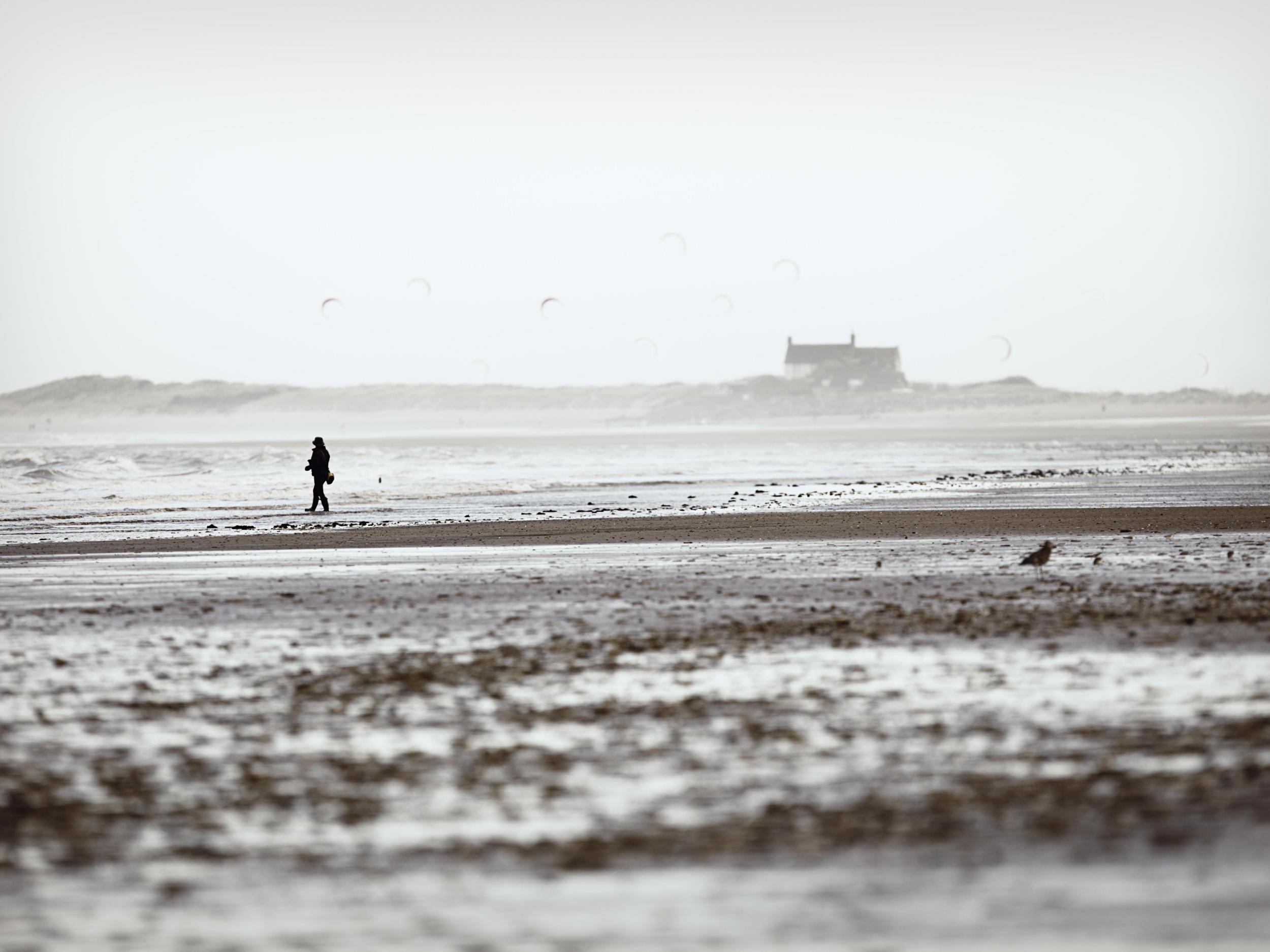How can you find yourself unless you’re prepared to be lost?
In the latest of his reflections about place and pathway, Will Gore recalls a solitary holiday when personal and global events left him searching for answers


November is a good time to escape the rat race, mainly because almost nobody else does. And if they do, they tend to seek out sun. There really is no need.
Eighteen Novembers ago I sought refuge on the north Norfolk coast. I had split up with a long-term girlfriend a few months before, become embroiled in a legal battle with a landlord and was living unhealthily – and uneasily – in London.
Needing to clear my head and search my soul I went home, borrowed by parents’ car and headed seawards. I had found a pub in Brancaster, the Ship, that offered unfancy bed and breakfast, and booked myself in for three nights. (It’s a fairly swish boutique hotel these days, Google tells me.)
As far as I recall, I was the only resident at the inn – hardly surprising for a wild midweek in late autumn. Indeed, there were barely any tourists around at all: the coast was clear.
What’s more, in the era before smartphones became the norm, it was not unreasonable to be incommunicado. Isolation was achievable, thank goodness.
It was cold, and at times hulking dark clouds built up over the sea, though the rain largely held off. I scurried up and down a 20-mile stretch of coast between Thornham and Blakeney, visiting different spots each day, more or less at random.
At Blakeney Point, the sky became black and the North Sea raged, waves crashing so angrily into the shingle spit that I started to imagine I might become cut off by the surging tide. Huge blobs of grimy foam littered and drifted across the shore, as if a giant had had his morning shave there.
On Titchwell beach, where the sun shone low and cast long shadows, I walked in more or less solitary splendour. During the Second World War and on into the 1950s, the area was used as an artillery range and then by the RAF for bombing practice. The rusting relics of abandoned tanks, which had, over decades, sunk ever more deeply into the sand, provided evidence of those apparently more dangerous times; but they were, along with their history, being slowly buried.
And somewhere between Brancaster Staithe and Burnham Overy, as I made my way among the saltings and reed beds, I was startled by the emergence from the rushes of a bittern, which had taken fright at my approach, taken to the wing and lumbered away.
I was reminded of one of Arthur Ransome’s Norfolk books, The Big Six, in which Tom Dudgeon, the key character – played in a wonderful 1980s TV adaptation by the co-founder of the Leon restaurant chain, Henry Dimbleby – bemoaned the bird’s scarcity. That book was set in the 1930s, when bitterns had all but disappeared, hunted to near-extinction in this country. Even in recent years, numbers have barely risen above 160 in annual monitoring by the RSPB. My heart soared at the sight of this rare, ungainly beast.
In between times I sought out churches in the villages through which I passed, marvelling at the round tower of St Mary’s in Titchwell and shivering at the gaunt flint of the church in Stiffkey that is most famous for its defrocked rector, Harold Davidson.
I pondered my faith, trying to figure where I fitted into the world. And I wondered how it was that two months earlier, men had hijacked aeroplanes and flown them into New York’s Twin Towers.
Bit by bit we work things out; and even when we don’t, we journey on.
Join our commenting forum
Join thought-provoking conversations, follow other Independent readers and see their replies
Comments